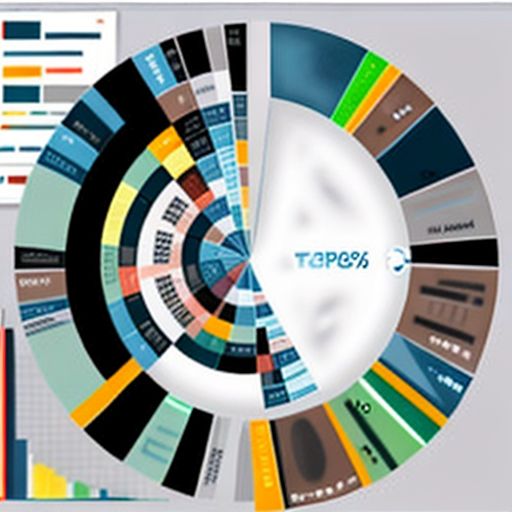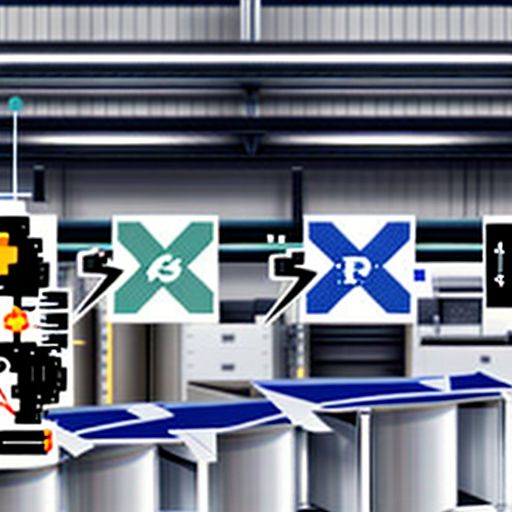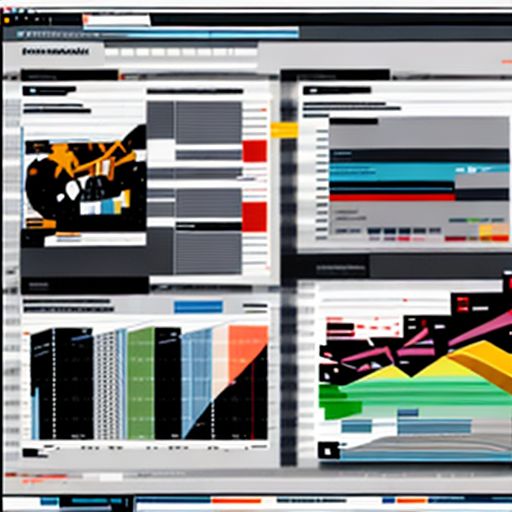Imagine this: your business is growing, but managing your operations feels like untangling a massive knot of spreadsheets, emails, and sticky notes. You’re ready for ERP software, but the first question that pops into your mind is likely, “What’s this going to cost me?”
Understanding the Average Cost Of Erp Software is crucial for any business considering this transformative investment. This guide delves into the intricacies of ERP pricing, equipping you with the knowledge to navigate this complex landscape.
What Does “Average Cost Of Erp Software” Really Mean?
Let’s break it down:
- ERP Software: Enterprise Resource Planning (ERP) software is a suite of applications designed to integrate and manage core business processes, from finance and inventory to human resources and customer relationship management.
- Average Cost: This refers to the typical price range most businesses can expect to pay for ERP software. However, it’s important to remember that “average” doesn’t mean “one-size-fits-all.”
Why is the Cost of ERP Software So Variable?
The cost of ERP software can vary dramatically, influenced by factors like:
- Deployment Model: Cloud-based ERP (Software as a Service, SaaS) often has lower upfront costs, while on-premise solutions usually require significant initial investment.
- Business Size and Complexity: Small businesses have different needs (and budgets) than large enterprises, affecting software functionality and pricing tiers.
- Industry-Specific Requirements: Some industries, like manufacturing or healthcare, have unique needs that necessitate specialized ERP modules, impacting costs.
- Features and Functionality: Basic ERP packages are more affordable than those with advanced features like business intelligence, analytics, or industry-specific functionalities.
- Number of Users: Most ERP systems base their pricing on the number of users accessing the software.
How Much Does ERP Software Cost? Breaking Down the Price Components
While providing an exact figure for the average cost of ERP software is nearly impossible, we can shed light on the typical cost components:
1. Software Licenses:
- Subscription-Based (SaaS): Expect to pay monthly or annual fees per user. Prices can range from $50 to $200+ per user per month, depending on the features and vendor.
- Perpetual Licenses: Traditional on-premise solutions often involve purchasing perpetual licenses upfront, with costs varying greatly based on users and modules.
2. Implementation Costs:
- Consulting Fees: Hiring experienced ERP consultants is crucial for successful implementation, involving business process analysis, software customization, data migration, and training.
- Infrastructure Costs (On-Premise): On-premise ERP requires investments in hardware, servers, networking equipment, and IT staff.
3. Ongoing Costs:
- Maintenance and Support: Expect to pay annual fees for software updates, bug fixes, and technical support.
- Customization and Integrations: Integrating your ERP with existing systems or customizing it to your specific needs may incur additional costs.
- Training and User Adoption: Investing in ongoing training ensures your team maximizes the benefits of your ERP system.
erp.bartenderqh.com/wp-content/uploads/2024/07/erp-software-implementation-cost-breakdown-66948b.jpg" alt="ERP Software Implementation Cost Breakdown" width="512" height="512">ERP Software Implementation Cost Breakdown
Essential Questions to Ask When Determining Your ERP Budget:
- What are your core business challenges that ERP can address? Prioritize the features and functionalities that directly solve your pain points.
- What deployment model aligns best with your IT infrastructure and budget? Consider the pros and cons of cloud-based vs. on-premise solutions.
- How many users will need access to the ERP system? Accurately estimating user numbers is essential for accurate cost projections.
- Do you require industry-specific features or customizations? Specialized modules or customizations will impact your overall costs.
- What is your budget for implementation, training, and ongoing maintenance? Factor in these crucial aspects to avoid underestimating your total cost of ownership.
Conclusion: Making Informed Decisions About ERP Investment
Determining the average cost of ERP software is an intricate process, but understanding the factors at play is paramount. Remember, ERP is not a one-size-fits-all solution; it’s a strategic investment.
By carefully assessing your business needs, exploring different deployment models, and considering the factors outlined in this guide, you can navigate the world of ERP pricing with confidence. Remember, the true value of ERP lies not just in its initial cost but in its potential to streamline operations, enhance efficiency, and drive long-term growth for your business.
Do you have any specific questions about ERP pricing or implementation? Share your thoughts in the comments below!










